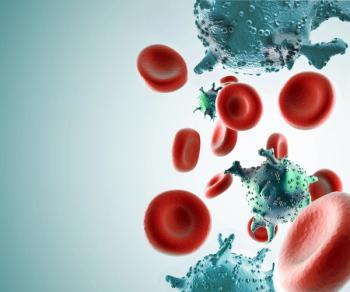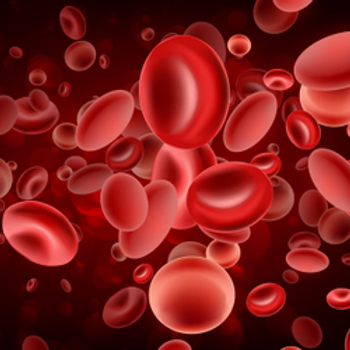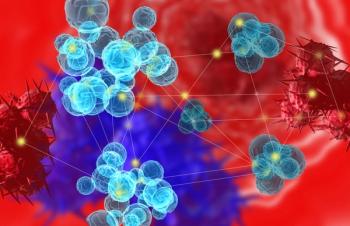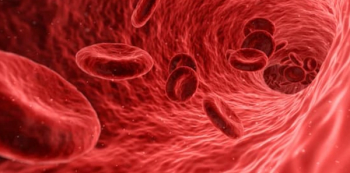
Avoiding CAR T-Cell Collection Problems Following Bridging Therapies
Certain bridging therapies and abundant steroid use may complicate the T-cell collection process during CAR T therapy.
CancerNetwork® spoke with Ogechukwu Egini, MD, MS, hematologist and oncologist and assistant professor of medicine at the Rutgers Robert Wood Johnson Medical School, about what community practices should consider when sequencing CAR T-cell therapies with other anti-cancer treatments at the 2024 Annual Oncology Clinical Practice and Research Summit.
Egini initially suggested that community practices send patients to academic centers earlier to test for CAR T. He then explained that some anti-cancer agents can create problems when harvesting T cells needed to make the chimeric antigen receptors (CARs). He cited at least 1 instance when a referring doctor treated a patient with an anti-cancer agent that presented complications for subsequent CAR T-cell collection before expressing how significant steroid use leading to burned out T cells may present complications as well.
Egini noted that most doctors, including those not in the Rutgers system, are timely with patient referrals for CAR T therapy. He concluded by reiterating that bridging therapies that could complicate T-cell collection should be considered more carefully.
Transcript:
A good way to look at [sequencing CAR T-cell therapy with other anti-cancer treatments] is to think about community doctors sending patients earlier to us to evaluate for CAR T. There are some bridging therapies that may create problems for us when harvesting T cells that we need to make the CARs. I have had 1 or 2 instances where people have been sent for CAR T, and, unfortunately, the referring doctor had [already] treated these patients with some drugs including bendamustine [Treanda]. It became a problem for this patient when we saw them [for T-cell collection]. These are the kinds of things we would be concerned about. [For example,] a large dose of steroids that burns out T cells––those are the kind of things we would be concerned about.
For the most part, many of our doctors within the system and in New Jersey—even those who are not in the system—I deal with on a regular basis tend to send their patients in a timely [manner] to us. But we need to be careful with bridging therapy, [especially] about some of the ones that could create problems with T-cell collection.
Reference
Matasar M, Dillard S, Egini O, McEntee N, Phillips A. CAR T-cell therapy via a community lens. Presented at the 2024 Annual Oncology Clinical Practice and Research Summit; November 15-16, 2024; New Brunswick, NJ.
Newsletter
Stay up to date on recent advances in the multidisciplinary approach to cancer.

















































































